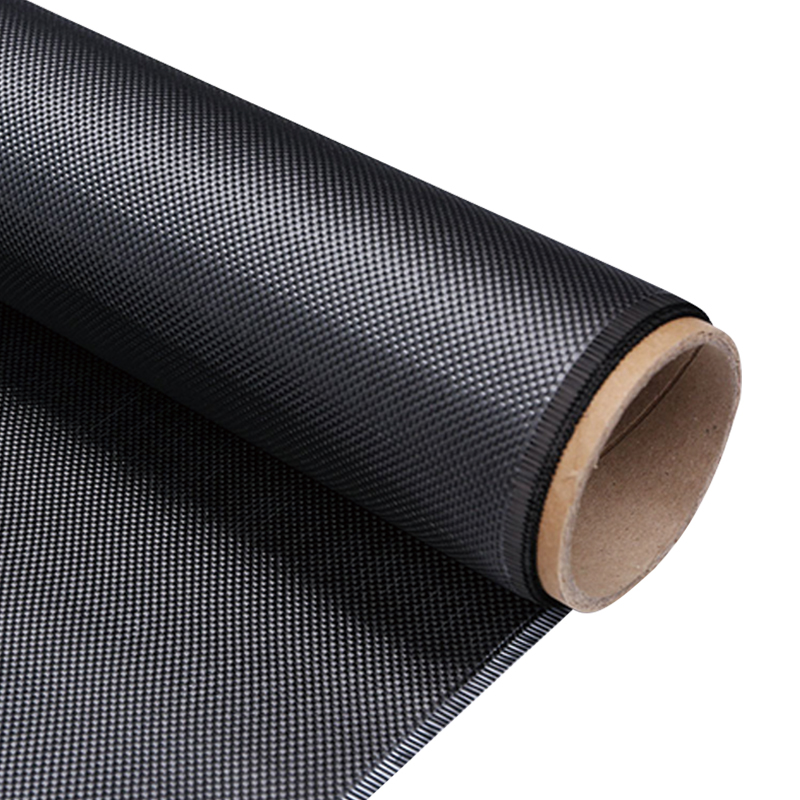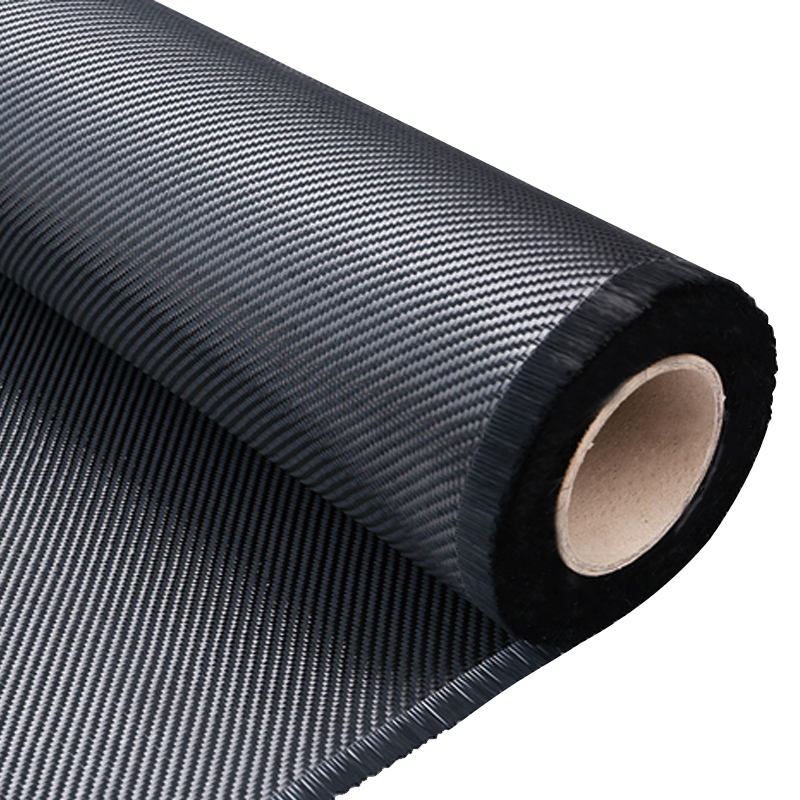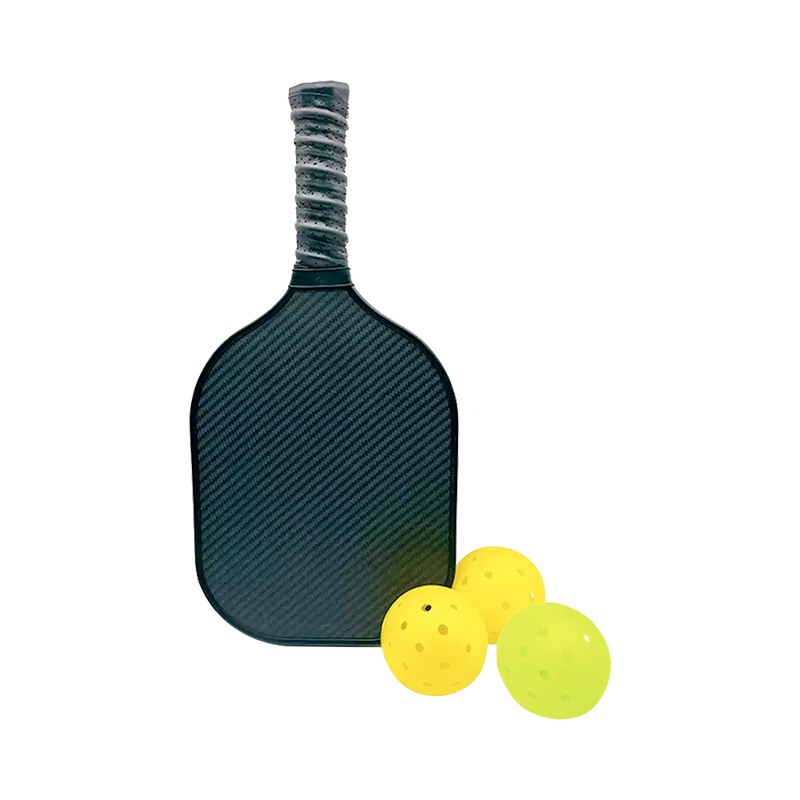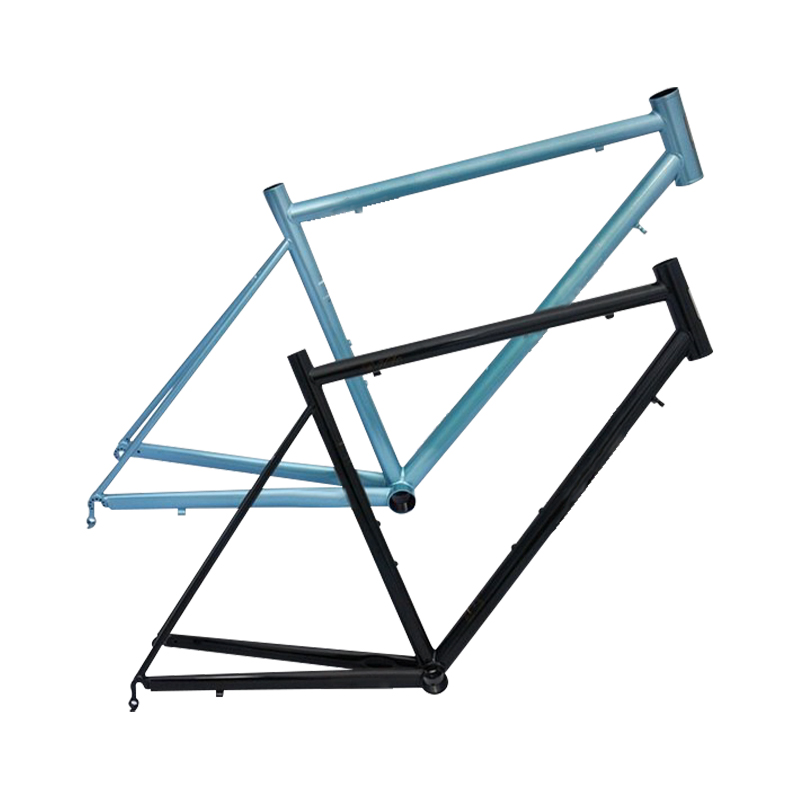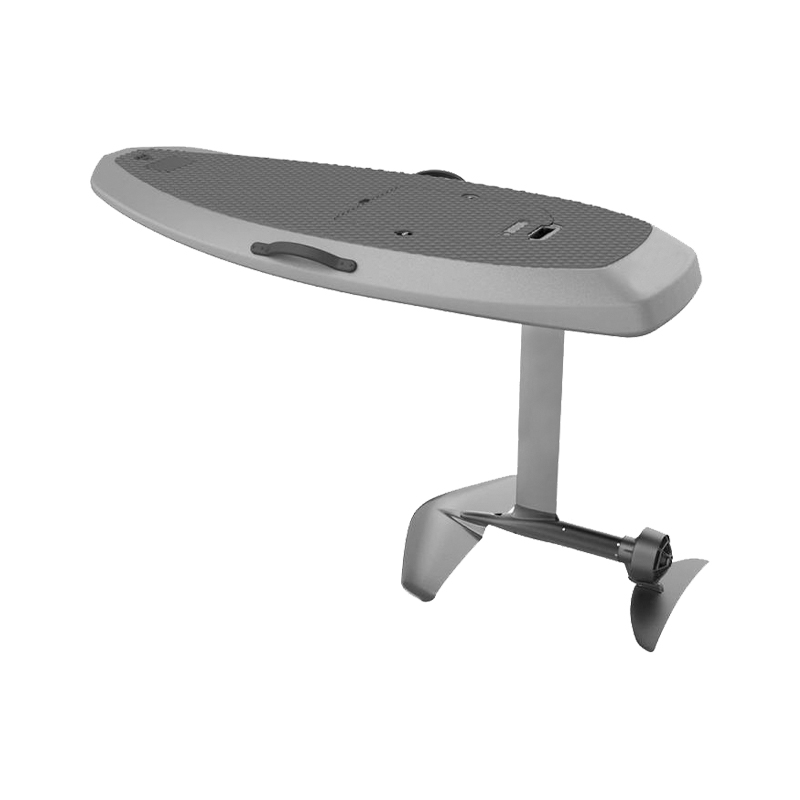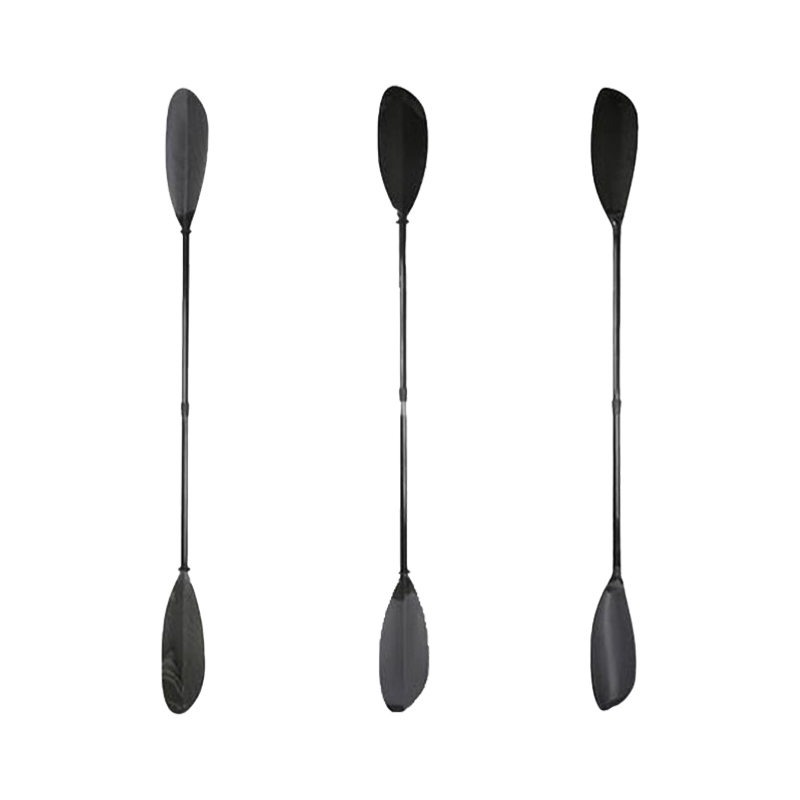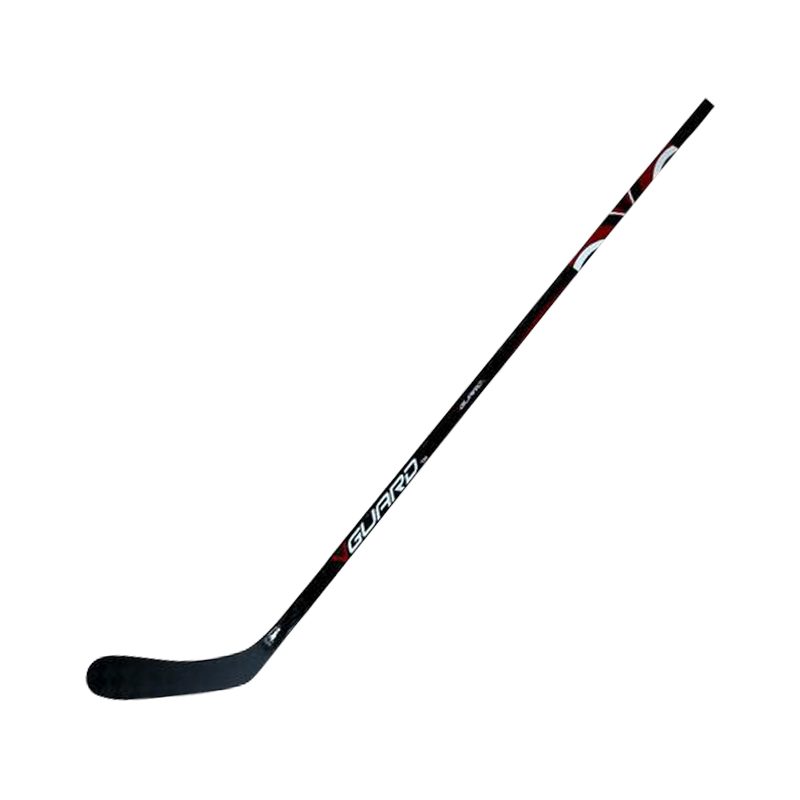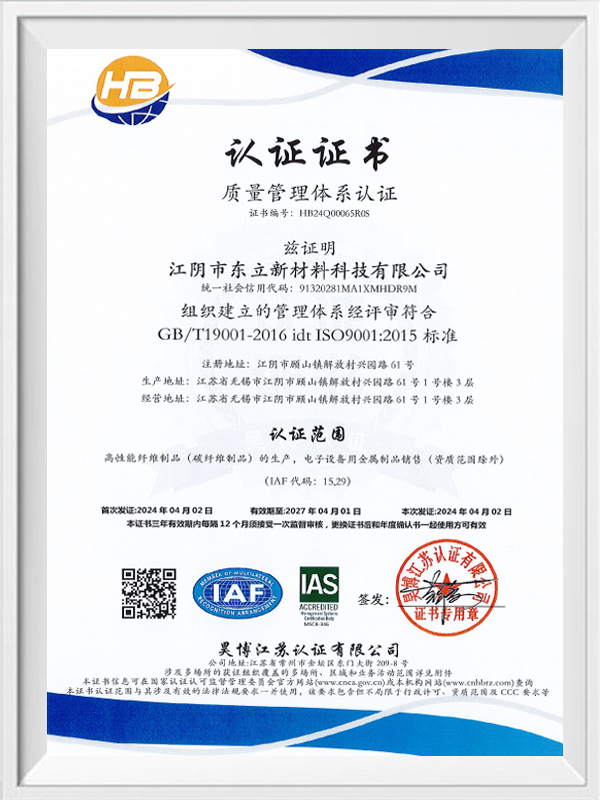Are carbon fiber shaped parts suitable for use in dynamic stress concentration areas in sports equipment?
1.1 Lightweight and high-strength characteristics
Its specific strength and specific modulus far exceed those of traditional metal materials, such as aluminum alloys and steel. Specific strength refers to the ratio of the strength of a material to its density, while specific modulus refers to the ratio of the elastic modulus to its density. This means that under the same structural strength requirements, the use of carbon fiber materials can significantly reduce the weight of the equipment. For sports equipment, weight reduction is of vital importance. Taking bicycles as an example, the frame is the core component of the bicycle. The use of carbon fiber shaped parts to manufacture the frame can significantly reduce the weight of the entire vehicle while ensuring structural strength. Lighter bicycles allow athletes to accelerate, climb and control more easily during riding, greatly improving operational flexibility and comfort. When athletes ride for a long time, they will not feel overly tired due to the heavy frame, so they can better perform at their competitive level.
1.2 Complex shape design capabilities
Carbon fiber shaped parts can achieve complex geometric shapes through mold design. Sports equipment often needs to be personalized and functionally designed according to different sports and usage requirements. In the design of skis, the shape of the skis needs to be carefully designed to adapt to different snow qualities and skiing styles. Carbon Fiber Sports Equipment Special-Shaped Parts can easily achieve complex curves on the edges of skis and specific concave and convex structures on the board surface to meet the different needs of skiers when turning, accelerating and decelerating. In the design of racing seats, carbon fiber special-shaped parts can be customized according to the driver's body curves to provide better support and wrapping, and improve the driver's comfort and safety during high-speed and intense driving.
1.3 Anti-fatigue properties
Carbon fiber composites show good anti-fatigue properties under dynamic loads. Sports equipment will be subjected to various dynamic loads during use, such as the bumps of bicycles during riding and the impact of skis on the snow. These dynamic loads will cause tiny damage and stress concentration inside the material, and long-term accumulation may cause material fatigue, crack expansion and even fracture. Carbon fiber composites can effectively resist this fatigue damage due to the reinforcement of their fibers and the bonding effect of the resin matrix. In the manufacture of tennis rackets, the application of Carbon Fiber Sports Equipment Special-Shaped Parts enables tennis rackets to maintain good performance during frequent hitting, extending the service life of tennis rackets.
1.4 Damping characteristics
Carbon fiber composite materials have excellent damping characteristics and can effectively absorb vibration energy. During exercise, the vibration of the equipment will affect the performance and comfort of athletes. During the driving of a car, the vibration of the car body will affect the driver's control and vision. Dongli New Materials carbon fiber special-shaped parts can reduce the vibration amplitude of the equipment and reduce the discomfort of athletes during exercise by absorbing and dispersing vibration energy. In the manufacture of badminton rackets, the application of carbon fiber special-shaped parts enables badminton rackets to reduce vibration when hitting the ball, and improve the accuracy and stability of hitting the ball.
2. Characteristics and challenges of dynamic stress concentration areas
2.1 Regional characteristics
Dynamic stress concentration areas usually appear at the connection parts, bends or complex force locations of sports equipment. The bottom bracket of a bicycle frame is an important part that connects the chainring, the middle axle and the frame. It is subjected to large torque and bending forces during riding. The rear triangle is the part that connects the rear wheel and the frame. It is subjected to complex dynamic loads during acceleration, deceleration and turning. The edge of the ski board contacts the snow surface during skiing, and is subjected to friction and impact forces, which are prone to stress concentration.
2.2 Challenges
These areas are subjected to periodic dynamic loads during exercise, which can easily lead to stress concentration, which in turn causes material fatigue, crack propagation and even fracture. The materials used in such areas need to have high strength and high toughness. High strength can withstand large dynamic loads without damage, and high toughness can absorb energy when the material is impacted to prevent the rapid expansion of cracks. The material also needs to have good fatigue resistance and maintain stable performance under long-term dynamic loads. The materials used in the engine bracket of a racing car need to be able to work stably for a long time under the vibration and impact of the engine. In addition, excellent damage tolerance is also necessary. Even if microcracks occur, the material can maintain a certain load-bearing capacity to avoid accidents caused by sudden fracture. In addition, processability and cost controllability are also factors that need to be considered, which is convenient for the molding of complex structures, and the cost is within an acceptable range.
3. Application analysis of carbon fiber special-shaped parts in dynamic stress concentration areas
3.1 Structural optimization design
In terms of structural optimization design, topological optimization, bionic design and other means can be used to make carbon fiber special-shaped parts achieve uniform stress distribution in key areas and reduce stress concentration. Topological optimization is a mathematical method that optimizes material distribution in a given design area based on given load conditions, constraints and performance indicators. Through topological optimization, the optimal material layout can be found to make the stress distribution of carbon fiber special-shaped parts more uniform when subjected to dynamic loads. The variable cross-section design in the five-way area of the bicycle frame, combined with the optimization of the carbon fiber ply angle, can significantly improve the structural strength. The variable cross-section design can adjust the cross-sectional shape and size of the frame according to the stress conditions of the five-way area, so that the material is thicker in the parts with greater stress and relatively thinner in the parts with less stress, thereby improving the utilization rate of the material. The optimization of the carbon fiber ply angle is to adjust the laying angle of the carbon fiber according to the force direction of the frame, so that the reinforcement direction of the carbon fiber is consistent with the force direction, thereby improving the strength and stiffness of the frame.
3.2 Synergy between materials and processes
The synergy between materials and processes is also crucial. Dongli New Materials uses the full process control capability, from weaving, prepreg to autoclave molding, to achieve high-quality production of carbon fiber special-shaped parts. During the weaving process, the uniformity and strength of the fabric are ensured by precisely controlling the arrangement and density of the carbon fibers. Prepreg is a material that pre-impregnates carbon fiber with a resin matrix, and its quality directly affects the performance of the final product. Dongli New Materials uses advanced prepreg preparation technology to ensure that the resin matrix is uniformly infiltrated into the carbon fiber and improve the bonding strength of the material. Autoclave molding technology is a commonly used carbon fiber composite material molding process. By curing the resin matrix under high temperature and high pressure, the carbon fiber and the resin matrix are tightly combined to form a carbon fiber special-shaped part with excellent performance. The autoclave molding technology can ensure that the carbon fiber special-shaped parts have consistent mechanical properties and surface quality in the dynamic stress concentration area.
3.3 Performance verification and testing
Performance verification and testing are necessary links before application. Comprehensive mechanical performance tests are required, including static tensile, bending tests and dynamic fatigue tests. Static tensile tests can measure the tensile strength, elastic modulus and other performance indicators of carbon fiber profiles, and evaluate their load-bearing capacity under static loads. Bending tests can measure the bending strength and bending modulus of materials to understand the deformation and damage of materials under bending loads. Dynamic fatigue tests simulate the dynamic loads in actual use, repeatedly load and unload carbon fiber profiles, and observe the fatigue life and performance changes of materials. Through these tests, the reliability of carbon fiber profiles in actual use can be ensured. Dongli New Materials uses the tension control system and intelligent looms independently developed to ensure the uniformity and density of the fabric, providing a basis for performance verification. The tension control system can accurately control the tension of carbon fiber during the weaving process to avoid deformation and performance degradation of the fabric due to uneven tension. Intelligent looms can realize the automation and intelligence of the weaving process, and improve the quality and production efficiency of the fabric.
3.4 Connection technology
In the dynamic stress concentration area, the connection technology between carbon fiber profiles and other components is also key. Due to the particularity of carbon fiber materials, traditional metal connection methods may not meet the requirements. At present, commonly used connection methods include gluing, mechanical connection and hybrid connection. Gluing is the use of adhesives to bond carbon fiber special-shaped parts to other parts. It has the advantages of high connection strength and uniform stress distribution, but the performance of adhesives will be affected by environmental factors. Mechanical connection is to connect parts together through mechanical parts such as bolts and rivets. It has the advantages of reliable connection and easy disassembly, but it will cause stress concentration at the connection site. Hybrid connection combines gluing and mechanical connection to give full play to the advantages of the two connection methods and improve the reliability and durability of the connection.
 English
English
 中文简体
中文简体 عربى
عربى Tiếng Việt
Tiếng Việt

